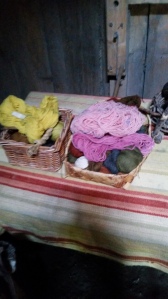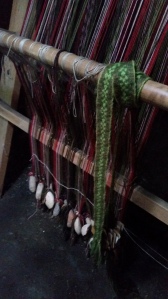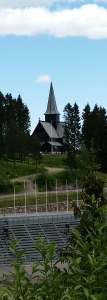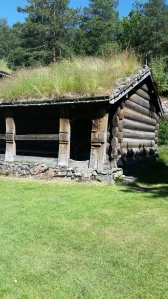Just a few things I found interesting. I have already commented on how cold it was. The tour guides in every country mentioned a late and cool spring. That probably explains why we saw flocks and flocks and flocks of sheep. And why everyone was wearing a thick sweater.
Other notes about fashion.
Stripes are definitely in. I saw stripes on everything so I guess, without noticing it myself, stripes became the new orange.
The other thing is nail polish. When I saw a woman with polished nails she was almost always American. This does not seem to be a fashion in the Scandinavian countries. I didn’t really see nail salons or colored nails until I reached London. Not that important maybe, but interesting.
We also did not hit hot weather until London. The last time I was in the British Isles, it was cool and rainy even in London. Not this time. Not only was it hot, but the grass was brown and dry. We took a walk in Green Park and it was not that green. Everyone’s climates is undergoing some kind of change.
I also like to try the food of the region. Not a fan of herring. (At least guinea pigs were not on the menus – as they are in Peru) But I had the best cheese ever in Denmark and Norway and some really tasty bread.
One last thing. My Goodreads Giveaway for Death of a Dyer (learned a lot about the dye trade in Peru) lasts until August 23. So far 350+. Be sure and add yourself to the giveaway before it ends.







